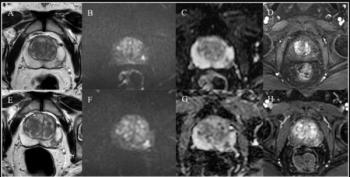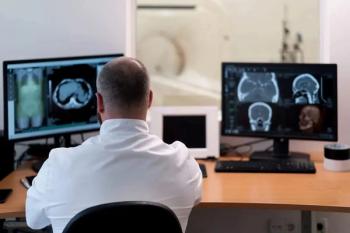
Innovation identifies new directions for PACS
Many organizations fancy themselves and their annual meetings a haven for innovators. The Computer Assisted Radiology and Surgery gathering is no exception. In an interview with Diagnostic Imaging, and later in his opening address at the CARS annual meeting in June, founder Dr. Heinz Lemke said the organization's future will embody a focus on innovation in medical imaging and informatics that crosses departmental boundaries.
Many organizations fancy themselves and their annual meetings a haven for innovators. The Computer Assisted Radiology and Surgery gathering is no exception. In an interview with Diagnostic Imaging, and later in his opening address at the CARS annual meeting in June, founder Dr. Heinz Lemke said the organization's future will embody a focus on innovation in medical imaging and informatics that crosses departmental boundaries.
But it is clear that Lemke and CARS can legitimately claim to represent leading-edge, innovative thinking in imaging and informatics. It was Lemke who, in 1979, coauthored a pioneering paper describing a PACS. And while medical meetings (much like medical magazines) represent the art of what is possible, inventive thinking pervaded much of what was presented at this year's CARS sessions in Berlin.
The meeting included presentations from international organizations such as EuroPACS, Society for Computer Aided Surgery, Computed Maxillofacial Imaging, and the Workshop on Computer-Aided Diagnosis, which came together under the CARS umbrella. The assemblage was fortuitous and reinforced the innovation claim.
Computer-aided detection garnered a great deal of attention. The technology is now several years old but has not yet diffused into mainstream image interpretation. Much of the discussion involved solving problems and increasing the technology's accessibility and usefulness. If you wonder where this is headed, consider one presenter's suggestion that a large-scale randomized clinical trial is needed to examine CAD's potential to replace second reads by radiologists.
Discussions of 3D imaging and other image processing strategies also demonstrated innovative thinking. One session discussed the use of interactive 3D images, some developed with diffusion tensor data, during neurosurgical procedures. Another examined the obstacles that prevent widespread adoption of imaging processing strategies such as 3D.
The element of innovation really came alive in a discussion of PACS and digital technologies in the surgical suite. The S (for surgery) in CARS is a recent addition that did not exist when the organization's first meeting was held. PACS for surgery is not a common topic at U.S. radiology informatics meetings, but it is a vital one, particularly as digital information management extends throughout the enterprise.
As the discussion revealed, it is also a challenging topic. Radiology PACS information flow tends to be fairly linear, but as digital information moves into the procedural world of medical specialists, the flow of information becomes more interactive, and the processes for managing it become more complex. Nowhere is this more apparent than in the operating suite, where information is fragmented, devices often don't talk to one another, and workflows can vary widely based on who is participating. Many of these issues have been addressed in the PACS radiology environment, but they will need to be readdressed with a new perspective as PACS moves into surgery and other areas of the hospital.
This is the reason organizations such as CARS provide a valuable service to those involved in medical imaging and informatics. As comfortable as we may be with our progress and current status, new challenges always lie ahead.
As for Lemke, he's moved on now that PACS has become accepted in radiology; he now devotes his attention to surgical PACS. The question of where images fit into the surgical workflow will be addressed before the technology reaches operating rooms, he told Diagnostic Imaging Europe last April. Although radiologists took many years to accept PACS, surgeons seem less skeptical of surgical PACS, possibly because PACS is now regarded as a mature technology.
"It is a sign of the times," Lemke said. "The idea of PACS is not so weird and frightening any more."
Mr. Hayes is editor of Diagnostic Imaging.
Newsletter
Stay at the forefront of radiology with the Diagnostic Imaging newsletter, delivering the latest news, clinical insights, and imaging advancements for today’s radiologists.






























